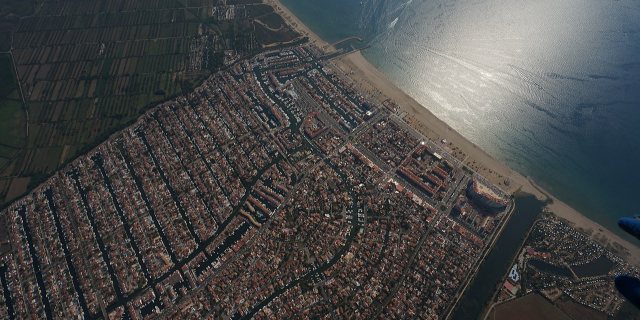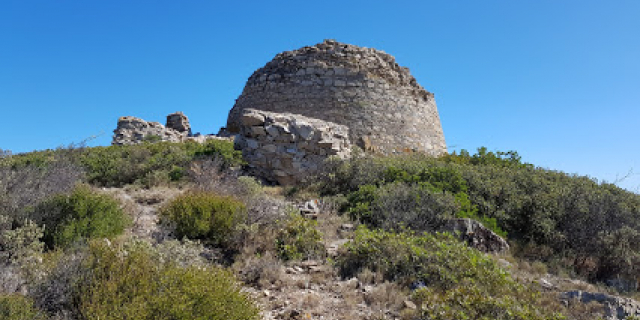Costa Brava
The Costa Brava (Catalan pronunciation: [ˈkɔstə ˈβɾaβə], Spanish: [ˈkosta ˈβɾaβa]; "Wild Coast" or "Rough Coast") is a coastal region of Catalonia in northeastern Spain. Sources differ on the exact definition of the Costa Brava. Usually it can be regarded as stretching from the town of Blanes, 60 km (37 mi) northeast of Barcelona, to the French border – in other words it consists of the coast of the province of Girona.
In the 1950s, the Costa Brava was identified by the Spanish government and local entrepreneurs as being suitable for substantial development as a holiday destination, mainly for package holiday tourists from Europe. The combination of a very good summer climate, nature, excellent beaches and a favourable foreign exchange r...Read more
The Costa Brava (Catalan pronunciation: [ˈkɔstə ˈβɾaβə], Spanish: [ˈkosta ˈβɾaβa]; "Wild Coast" or "Rough Coast") is a coastal region of Catalonia in northeastern Spain. Sources differ on the exact definition of the Costa Brava. Usually it can be regarded as stretching from the town of Blanes, 60 km (37 mi) northeast of Barcelona, to the French border – in other words it consists of the coast of the province of Girona.
In the 1950s, the Costa Brava was identified by the Spanish government and local entrepreneurs as being suitable for substantial development as a holiday destination, mainly for package holiday tourists from Europe. The combination of a very good summer climate, nature, excellent beaches and a favourable foreign exchange rate (before the creation of the single European currency), which made Costa Brava an attractive tourist destination, was exploited by the construction of large numbers of hotels and apartments in such seaside resorts as Blanes, Tossa de Mar and Lloret de Mar. Tourism rapidly took over from fishing as the principal business of the area.
Until after the First World War, the beaches along the coast of Catalonia served for Sunday leisure pursuits for the local people, plus one or two from neighbouring villages. While world tourism had discovered the Côte d'Azur by that time, the Costa Brava remained unknown to it.
A few years after the Spanish Civil War when some sort of order had been restored, the gradual breaking down of Spain's international isolation in the 1950s cleared the way for new options in tourism. The sea and the sun were drawing increasing numbers of people, which combined with the Côte d'Azur already being overcrowded in those days, enhanced the appeal of Costa Brava for holiday-makers who made their way there.
In the 1950s, the Costa Brava was identified by the Spanish government and local entrepreneurs as being suitable for substantial development as a holiday destination, mainly for package holiday tourists from Northern Europe and especially, the United Kingdom and France. The combination of a very good summer climate, nature, excellent beaches, and a favourable foreign exchange rate was exploited by the construction of large numbers of hotels and apartments in such seaside resorts as Blanes, Tossa de Mar and Lloret de Mar. Tourism rapidly took over from fishing as the principal business of the area.
 Cadaqués, an artist's paradise
Cadaqués, an artist's paradise


































Add new comment